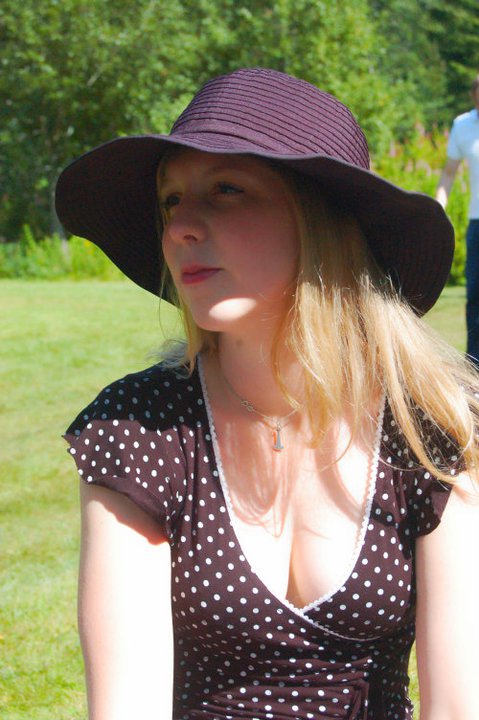This is my dear friend Annika Hammer, (Nika), who I was in university with many years back. We don’t see each other very often, but when we do, we invariably end up at a piano at some point. She’s one of the few people I’ll fire off demos of new songs to and be comfortable knowing that I’ll get really constructive feedback from her, and her musical sense is one that I trust.
Although we studied classical piano together, she was very much steeped in Swedish folk music, and has been in a few different Swedish folk groups since, as well as maintaining her classical and solo pop stuff too.
Before Christmas, she uploaded some demos of her own songs and some gorgeous cover versions, which I’ve been completely addicted to ever since. I’d heard her doing a cover of “Love Will Tear Us Apart” the last time she visited me here in Ireland, and I absolutely adored her take on the song, so I was glad to see that she’d posted that on Soundcloud too:
However, perhaps my favourite of the covers is a Swedish song that I didn’t know of before hearing her sing it, but it seems to be quite well known. “Utan dina andetag” written by Joakim Berg, from the band Kent, and seems to have been a B-side, according to what wikipedia tells me. Another Swedish singer Carolina Wallin Pérez did a lovely stripped back version of it in 2010.
But, I’m a complete sucker for Annika’s voice and her piano playing, and I’m loving her version of this song. Even if you don’t understand a word of Swedish, the melody of this song is undeniably gorgeous. Beautifully written.
This one is her own, and she’d previously sent me this and another track to lend an ear to, and this one was my instant favourite and still is:
You can hear more from Annika over on her own Soundcloud page where you’ll find two more original songs, and some gorgeous Swedish folk songs too.
Over on her MySpace page she still has a cover of Joni Mitchell’s “Conversation” up, which was recorded on the piano downstairs here, and she also has a recording of her classical side, playing a Mozart piano sonata. (There’s nothing this woman cannot do.)
The Swedish trad band she is in also, Sheik, are on Soundcloud too (I recommend their youtube too, as the band are all beautiful.) And her gorgeous piano & flute folk duo, JONI are only on Myspace from what I can see, but trust me, you want to hear those tunes. Just flute and piano, and gorgeous.



